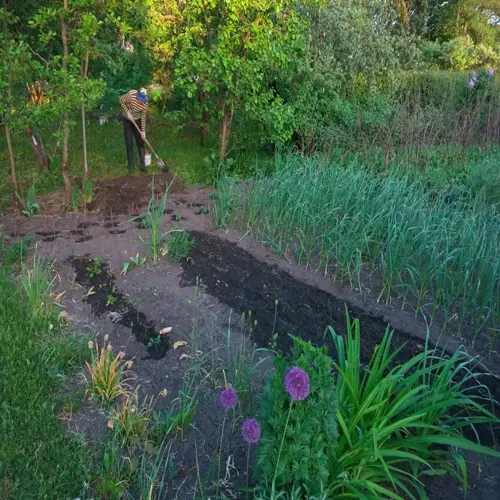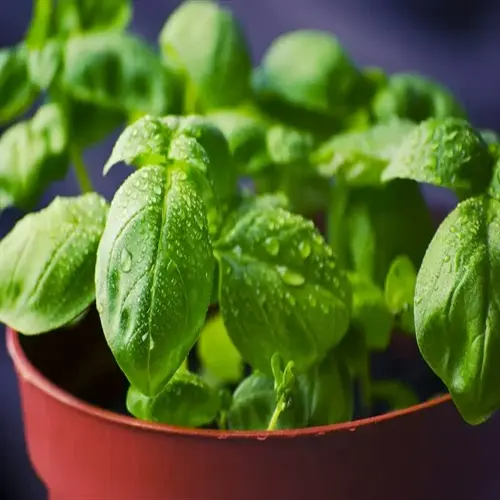How much spacing does garlic require?

Written by
Michael Sullivan
Reviewed by
Prof. Martin Thorne, Ph.D.Accurate spacing has a direct correlation to garlic bulb size and plant health. If air circulation is inadequate, fungal diseases will arise. Likewise, if root space isn't ample for healthy growth, the bulb will suffer. Sticking to research-driven guidelines helps find the optimal yield capacity and mitigates any potential issues that may arise. After years of experimentation, I've developed more accurate spacing methods.
Air Circulation Needs
- Prevents fungal diseases like white rot
- Allows sunlight penetration to lower leaves
- Reduces humidity around developing bulbs
Root Expansion
- Garlic roots spread 8-10 inches horizontally
- Overcrowding causes nutrient competition
- Restricted growth reduces bulb size
Harvest Access
- Adequate space prevents bulb damage during harvest
- Allows easy weed removal without disturbing plants
- Facilitates proper mulching application
Results from overcrowding show reductions in bulb size and susceptibility to diseases. When plants compete for the same nutrients, cloves will be smaller. Insufficient air circulation can lead to fungal infections. I use sticks to mark where I want to plant before planting, which helps me stay on target.
Special adjustments are made for garden layouts. In windy areas, it can be beneficial to reduce row spacing to 10 inches to provide mutual support. For giant types, increase spacing to 8 inches. Porcelain garlic requires more space to optimize bulb size development.
Measuring methods provide uniform spacing. Use a planting board with holes for row gardeners. For raised beds, create a hexagonal template out of cardboard. I take long strings (lines) between stakes as visual markers. It's necessary to take a second look at the measurements in the clove before planting.
Read the full article: When to Plant Garlic Perfectly

